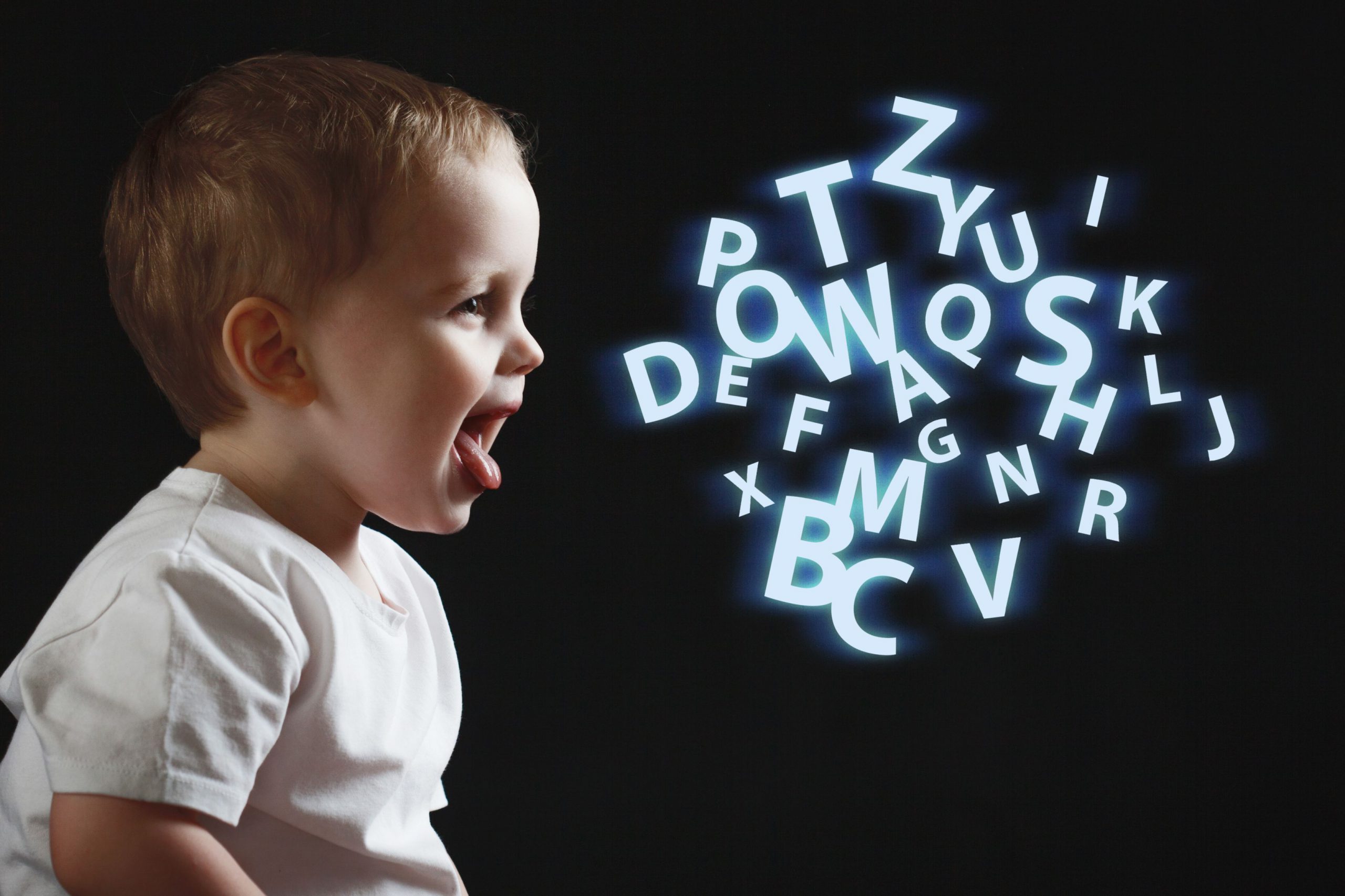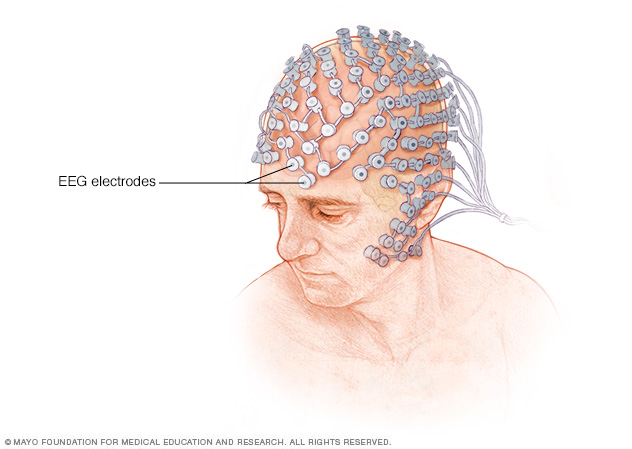

The EEG technologist will attach 16 to 25 flat metal discs (electrodes) to different places on your head, using a sticky paste to hold the electrodes in place. You will be asked to lie on your back on a bed or examining table or relax in a chair with your eyes closed. The EEG record is analyzed by a doctor who is specially trained to diagnose and treat disorders affecting the nervous system (neurologist). How It Is DoneĪn electroencephalogram (EEG) may be done in a hospital or in a doctor's office by an EEG technologist. If you know that you are going to have a sleep-deprived EEG, plan to have someone drive you to and from the test. As a result, you may be asked to reduce your sleep time to 2 to 3 hours the night before the test by going to bed later and getting up earlier than usual. To detect certain types of abnormal electrical activity in the brain, you may have to be asleep during the recording. Do not apply any hair conditioners or oils after shampooing. Shampoo your hair and rinse with clear water the evening before or the morning of the test. Since the electrodes are attached to your scalp, it is important that your hair be clean and free of sprays, oils, creams, lotions, and other hair preparations. Eat a small meal shortly before the test, because low blood sugar (hypoglycemia) may produce an abnormal test.

Study some sleep disorders, such as narcolepsy.īefore the day of the electroencephalogram (EEG) test, your doctor will need to know what medications you are taking.Īvoid foods that contain caffeine (such as coffee, tea, cola, and chocolate) for at least 8 hours before the test.Help predict a person's chance of recovery after a change in consciousness.

Evaluate periods of unconsciousness or dementia.Identify and locate a suspected brain lesion such as: tumor, inflammation and infection.Help confirm the diagnosis of epilepsy and determine the best treatment option based on seizure type.Why It Is DoneĪn electroencephalogram (EEG) may be done to: Certain conditions, such as seizures can be detected by observing changes in the normal pattern of the brain's electrical activity. The computer records and displays your brain's electrical activity on the screen or on paper as wavy lines.

An electroencephalogram (EEG) is a test that measures and records the electrical activity of your brain by using sensors (electrodes) attached to your scalp with a paste and connected by wires to a computer.


 0 kommentar(er)
0 kommentar(er)
